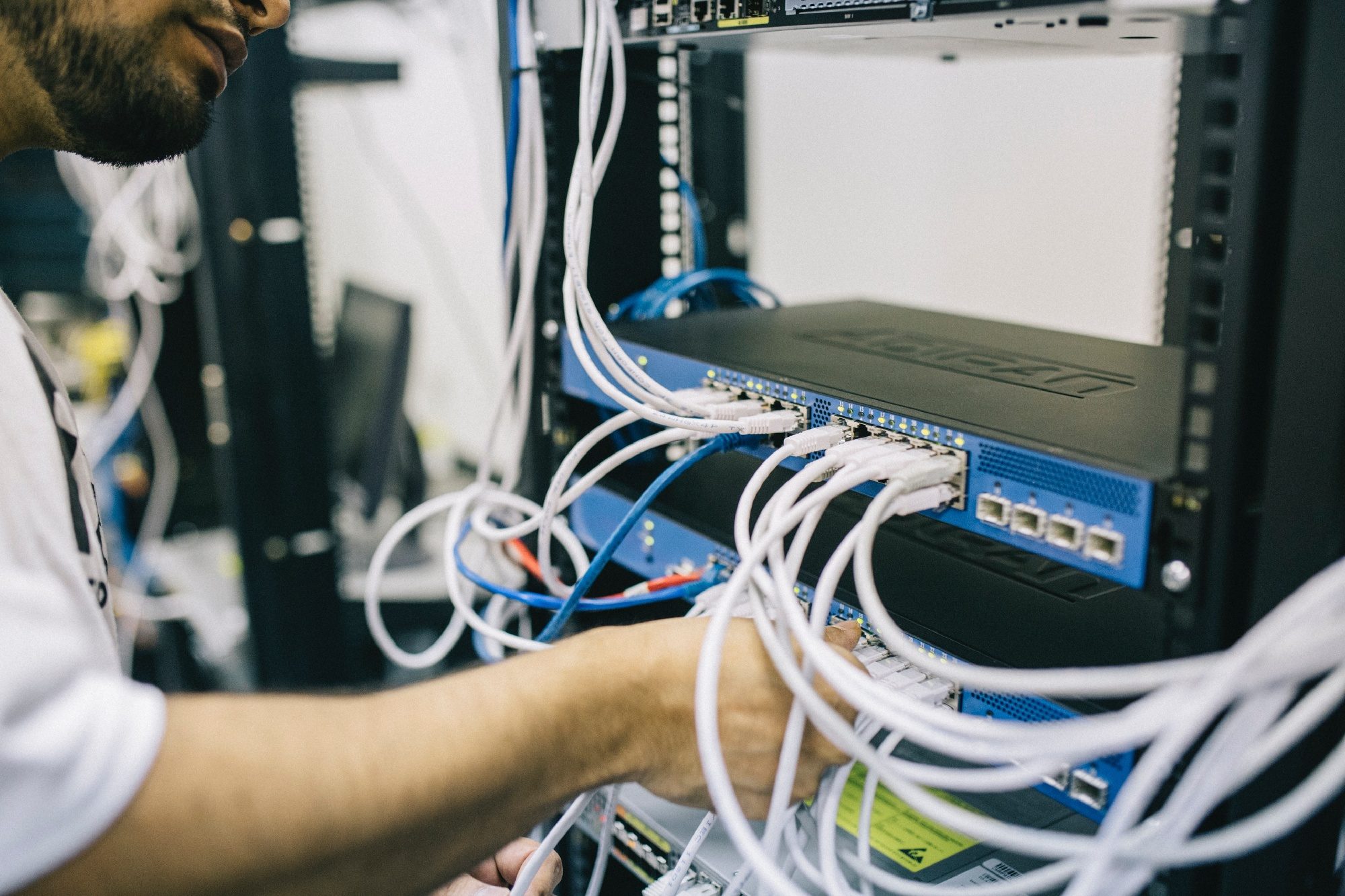
Even in the era of increasing cybersecurity risks, disaster recovery initiatives are drastically underfunded. In fact, 40 percent of companies don’t even have a documented disaster recovery plan in place. An IT security risk assessment is often the first step in creating a sustainable disaster recovery strategy and protecting your critical assets from threats. But when you don’t have the in-house resources and budget to complete your own risk assessment, where do you turn? Here’s what to expect when you hire an IT support company to perform an IT security risk assessment for your business.
What Is an IT Security Risk Assessment?
An IT security risk assessment is used to identify and prioritize risks that threaten your business operations. It helps you determine your current security posture, identify internal and external threats and come up with cost-effective solutions to secure your assets. When you hire an outside IT support company, they will often kick off the engagement with an IT security risk assessment to get an accurate picture of your most pressing issues and IT priorities. A security risk assessment has many benefits:
- Reduce long-term costs: A security risk assessment helps identify potential security flaws in your infrastructure. By identifying and addressing weaknesses proactively, you save yourself from future costs associated with failed technology and compliance fines.
- Improve future assessments: Having a risk assessment completed by an IT support company can make future assessments easier. The right IT company will complete all the necessary steps to document a review structure, collect security knowledge and implement self-analysis features for future use.
- Gain important self-analysis: A risk assessment forces your employees to assess themselves and their contribution to risks and security. Risk assessments call attention to risky practices and encourage users to strengthen passwords and handle sensitive information more carefully.
- Avoid cybersecurity incidents: An IT security risk assessment identifies security weaknesses within your organization. It reveals ways to strengthen your security and avoid potential breaches, saving your company from potentially disastrous financial, PR and regulatory issues down the road.
4 Things a Security Risk Assessment Will Reveal
1. Your Most Valuable Assets
A security risk assessment will identify your company’s most valuable assets that need to be protected. You’ll want to outline and communicate which assets are most critical to the business so all employees develop a shared understanding and exercise caution when handling them. For example, items that an HR manager or help desk technician thinks are valuable might not actually be a priority for the business. The assessment will reveal any assets that could be harmed by threats and result in financial loss, including:
-
-
- Servers
- Website
- Client information
- Trade secrets
- Partner documents
- Customer information (credit card data, etc.)
-
There are many ways to collect information for a risk assessment. When you hire a professional IT company to perform a risk assessment, they will interview management and employees, analyze your systems and infrastructure and review documentation to classify your most important assets.
2. The Most Critical Threats to Your Business
A security risk assessment will also highlight threats that can exploit your weak points. Common types of threats include:
-
-
- Natural Disasters: The geographical location of your office and servers directly impacts your threat level. Hurricanes, floods, earthquakes, fires and other natural disasters can wreak havoc on your business without warning. For example, a server room located on the first floor of a building in a high flood risk area is considered a critical threat.
-
- System Failure: A risk assessment will highlight the age and durability of your technology. Older equipment brings a higher risk of failure.
-
- Accidental Human Interference: Anyone can accidentally delete files, click on malware links or damage a piece of equipment. A security risk assessment may look at your security protocols and training procedures to determine if your employees are likely to cause interference.
-
- Malicious Human Actions: A security risk assessment will look at the likelihood of a malicious human attack based on the strength of your anti-virus, monitoring software and other security protocols. There are several types of malicious behavior that can threaten your business:
- Interference: When a person causes damage to your business by deleting data, engineering a DDoS attack, physically stealing equipment or otherwise.
- Impersonation: The misuse of someone else’s credentials, often acquired through social engineering or brute-force attacks, purchased on the dark web.
- Interception: When a person hacks into a system and steals data.
- Malicious Human Actions: A security risk assessment will look at the likelihood of a malicious human attack based on the strength of your anti-virus, monitoring software and other security protocols. There are several types of malicious behavior that can threaten your business:
-
3. Where Vulnerabilities Exist
Vulnerabilities are weaknesses that allow some kind of threat to breach your security and harm your assets. Your IT support company will identify vulnerabilities through a variety of means, including audit reports, vendor data, vulnerability scanning tools and penetration testing techniques. Common vulnerabilities include:
-
-
- Physical vulnerabilities, such as old equipment or excessive paper documents
- Human factors, including untrained or careless staff members
- Software vulnerabilities, including excessive access permissions or unpatched workstations
-
4. How to Improve Your Security Posture
Cybersecurity is a fundamental aspect of your business. But many organizations don’t have the in-house resources and expertise to assess their cybersecurity infrastructure and create a game plan to strengthen it. When you hire an outside IT support company for your risk assessment, they will look at your critical assets, threats and vulnerabilities to create policies that strengthen your security posture. They will outline:
-
-
- The processes that need to occur to prevent disasters, such as backups or employee training.
- How risks should be addressed and mitigated when incidents occur.
- The costs and benefits associated with risk mitigation activities.
- The relative priority of each security measure.
-
An IT security risk assessment helps you establish processes and guidelines needed to understand, manage, control and mitigate risk to your business’s critical resources. Looking for an experienced IT support company to perform a security risk assessment for your business? At SugarShot, we work with Los Angeles businesses to simplify IT security and disaster recovery. We perform a thorough, 63-point assessment to identify your threats and vulnerabilities. We help you establish processes and guidelines to protect your critical resources and future-proof your business. Most importantly, we help you understand and prioritize security measures so you can be confident that you’re investing in the right areas. Contact us today to get your risk assessment.
Other News
Find out more
about Sugarshot USA



